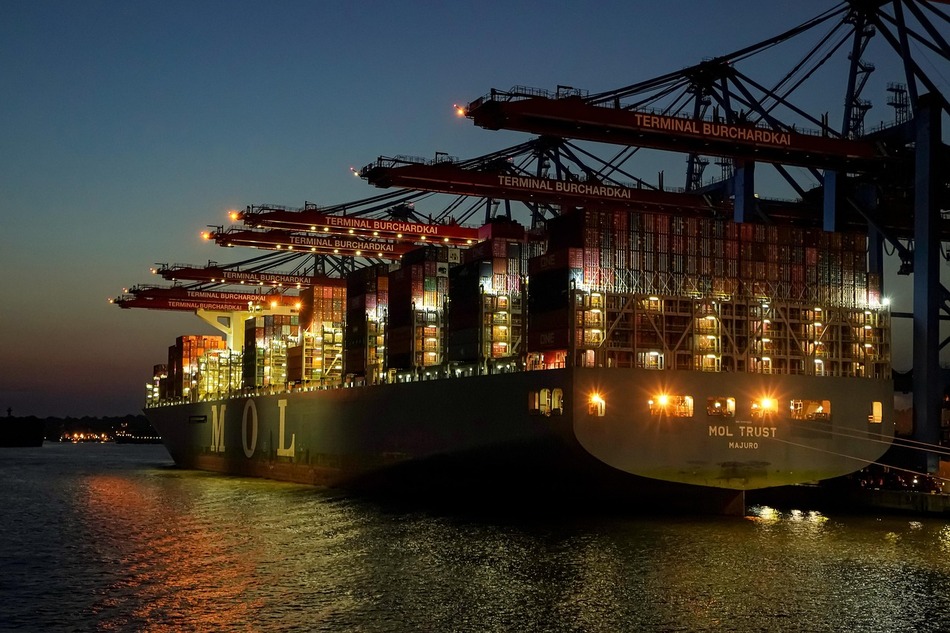Trump Delays Tariffs, Launches Trade Review with China, Mexico, and Canada

The “America First” trade policy promises revitalisation with stable supply chains and robust economic growth.
The United States President Donald Trump has returned to office. Still, instead of immediately imposing new tariffs as many expected, he has directed federal agencies to review trade relationships with China, Canada, and Mexico.
This move diverges from the day-one tariffs he promised following his election in November. At the time, he pledged to impose a 25% tariff on imports from Canada and Mexico on his first day in office, along with an additional 10% tariff on China.
The memorandum issued upon President Trump’s return to office did not indicate the immediate signing of an executive order to impose tariffs. However, it underscores his administration’s ongoing strategy to leverage trade mechanisms to strengthen U.S. manufacturing and advance supply chain initiatives. While new tariffs are not yet on the table, the administration is exploring ways to strategically use them to support economic goals and reshape trade relationships with key countries, including those in Africa.
In his inaugural address on Monday, President Trump said, “Instead of taxing our citizens to enrich other countries, we will tariff and tax foreign countries to enrich our citizens.” However, he didn’t offer any specifics.
“I am establishing a robust and reinvigorated trade policy that promotes investment and productivity, enhances our nation’s industrial and technological advantages, defends our economic and national security, and — above all — benefits American workers, manufacturers, farmers, ranchers, entrepreneurs and businesses.” He said in the memo.
During his first tenure, President Trump’s trade and economic policy toward Africa focused on promoting US interests through the Prosper Africa Initiative, which aimed to boost trade and investment between the US and Africa. The administration largely maintained AGOA but pushed for more reciprocal trade and bilateral agreements, favouring deals that prioritised US economic goals. He also aimed to reduce foreign aid and shift toward private-sector investment for economic development. Additionally, Trump’s administration sought to counter China’s growing influence in Africa by offering competitive alternatives in infrastructure and trade. Overall, Trump’s policies aimed to strengthen US-Africa trade relations while emphasising fair and balanced deals.










